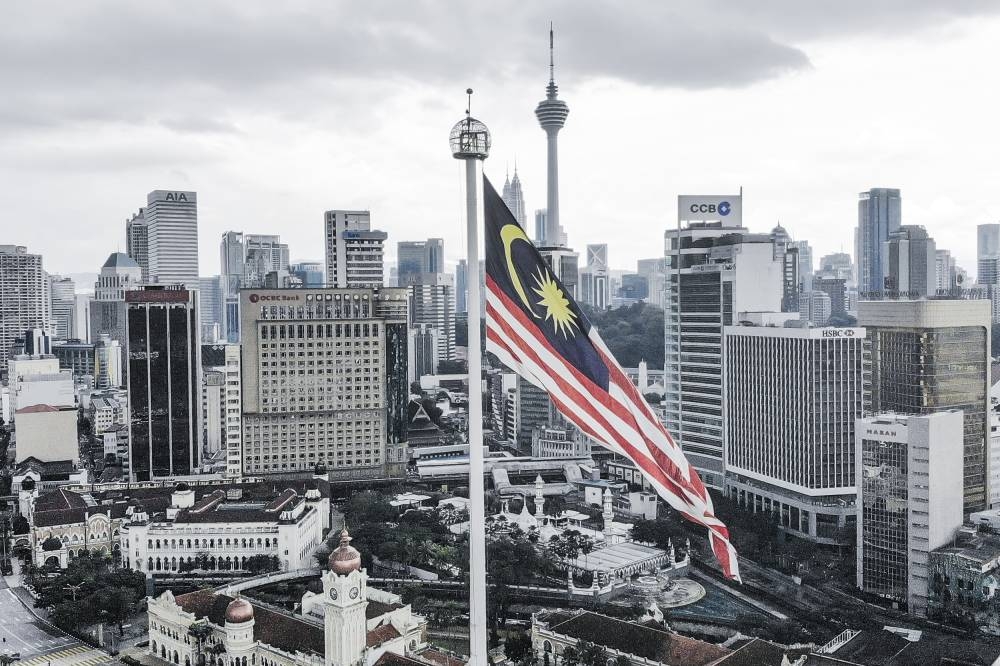Kuala Lumpur or Singapore: Which is South-east Asia’s metropolis?

Recently I’ve made a few trips to Kuala Lumpur after something of a hiatus during the years of Covid restrictions.
Each of these visits has left me struck with a sense of how vibrant the city is at the moment.
There’s an energy to KL right now. The shops and streets hum with activity. The bars of Bangsar and Bukit Bintang are packed.
Foreign visitors are abundant; you see African, Middle Eastern and European faces across the city.
Meanwhile, the city’s mighty construction industry has sprung back to life – post-pandemic.
With one quick sweep of the horizon, I can see the looming tower of the 95-story TRX Tower and the finishing touches being put on the even more massive Merdeka 118.
These are enormous buildings, some of the tallest in the world. The Kuala Lumpur skyline now is far more than just the Petronas Twin Towers and it’s impressive by any standard. But quite different to the neater, more organised clutches of highrises I am used to in Singapore.
Kuala Lumpur and Singapore are always somehow same same but utterly different.
Singapore’s beautifully planned and landscaped efficiency vs Kuala Lumpur’s more free-wheeling and enterprising chaos. But again under the chaos you can begin to see a very functional city taking shape.
The mass transit system has expanded massively and this system is integrated with the old Monorail, Light Rail, Komuter Rail and airport express services. It’s actually a formidable public transport system and as the different systems begin to integrate more effectively, you see the whole city coming together.
Four teenagers who attacked passersby for staring at them arrested
It’s not so much one coherent metropolis like Singapore as a series of interconnected towns and neighbourhoods. Something like Los Angeles with areas like Petaling Jaya, Shah Alam and Putrajaya all forming part of a broader agglomeration.
it’s a sprawl but still an impressive urban centre in its own right.
And at the heart of this increasingly impressive capital sits Petaling Street – Kuala Lumpur’s old China Town – which I think now stands as one the trendiest neighbourhoods in Asia if not the world.
Cutting edge plant-based restaurants are tucked away next to Japanese sandwich shops. Across the street, speakeasies hide behind Gundam toys and Chinese biscuit shops.
Beyond the hipster enclave, a thriving China Town remains in place. Everything is for sale and where there isn’t a shop selling goods, there’s someone selling fantastic street food.
Of course like in Singapore you find that intoxicating mix of ethnicities, foods and flavours – Malay, Chinese and Indian. But in today’s KL, those original communities are complemented by hosts of Myanmar, Vietnamese, Bangladeshis and people from the Middle East.
The LRT now zooms over falafel trucks manned by Syrians. And unlike Singapore there’s a dash of urban grit and edge.
Graffiti envelopes the bus stands and luridly coloured posters peel off street corners. Glancing at one of these posters I saw a line-up of underground and indie percussion bands from every part of Asia. There were bands from Vietnam, Sri Lanka and Cambodia performing at a single venue.
And that’s when it hit me.
As Singapore has become more of a world city attracting events from all over the world, KL has the potential to take over the role of South-east Asia’s regional centre.
It’s hard for a Vietnamese jazz band to tour Singapore – it’s expensive and spaces and permits aren’t that easy to come by. But KL has affordable rents, hotels and an increasing number of small venues looking for talent.
Which is why I think you are beginning to see some interesting line-ups and collaborations in KL.
Of course KL has some restrictions and hurdles such as religion, political instability and policy which means that it hasn’t yet quite realised its regional potential but this potential definitely exists.
As an analogy I think Kuala Lumpur has long had the potential to play the role of a giant Brooklyn to Singapore’s sanitised Manhattan.
Enjoying this article?
Subscribe to get more stories like this delivered to your inbox.
In KL the rents are low but the amenities are world class. There’s a diversity of shops, services, great transport links both domestically, regionally and to the rest of the world.
KL is ranked as one of the cheapest cities in the world in which you can live a globally competitive lifestyle – Singapore by that same measure is among the most expensive.
This doesn’t mean one city is better than the other; it just means the two Malayan metropolises are on very different journeys.
Singapore works fantastically well as a global centre but KL has the potential to attract both creative and business talent from across South-East Asia and also from Africa, South Asia and the Middle East. It can cater to businesses and niches who find the cost of setting up in Singapore prohibitive.
I can only hope Malaysia’s new government understands the city’s regional potential but for now it’s fascinating to watch these two cities go on their own journeys and it’s a privilege to have access to them both.
* This is the personal opinion of the columnist.For any query with respect to this article or any other content requirement, please contact Editor at [email protected] 2017 Malay Mail Online
